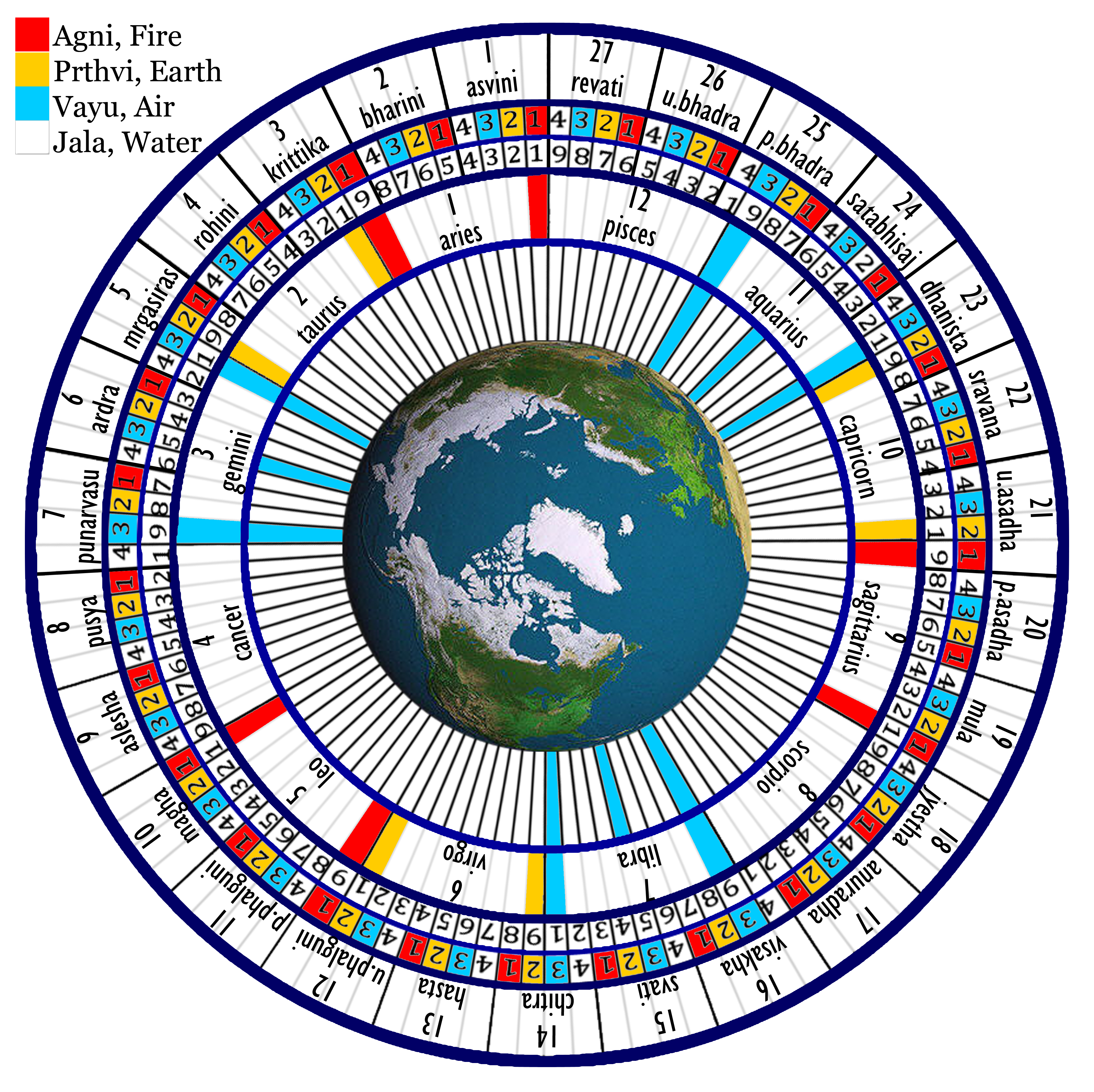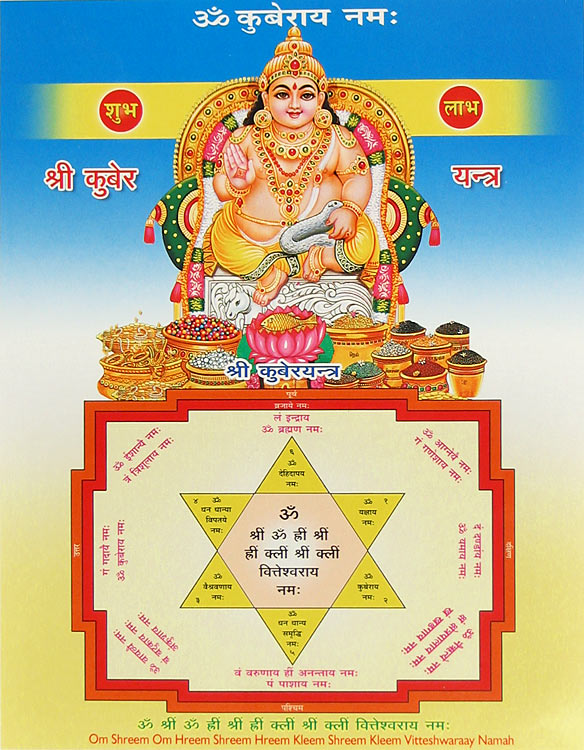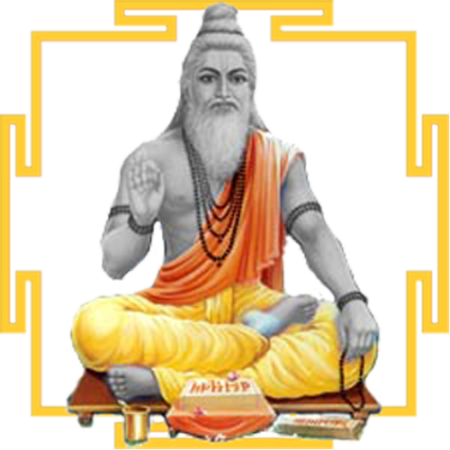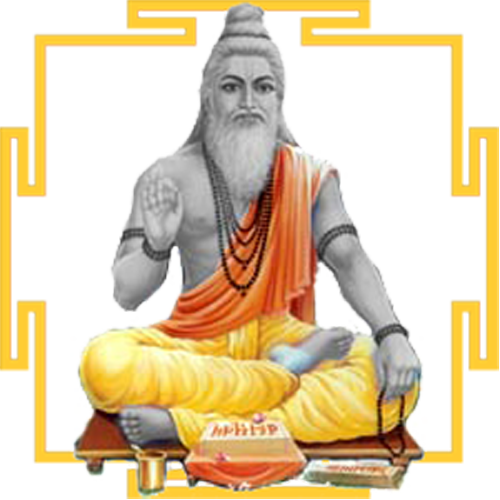Introduction to Vedic Astrology
Perhaps the first step in Vedic Astrology is to discard the idea that it is some kind of a superstition. Astrology is composed of two words “Astro” referring to the study of celestial bodies and phenomena and “Logos” meaning the logical application of this scientific study. Vedic refers to the period of the writing of the Vedas and the codification of the data from the Brighu’s (database created across India in the form of Brighu Samhita having records of various birth charts and their life events). Thus, Vedic Astrology refers to the method of Astrology as studied and practised in India since time immemorial. The principal exponent of this is Maharishi Parasara whose writings in the monumental classic Brihat Parasara Hora Shastra form the standard text for Jyotish (Vedic Astrology).
Dhana Karaka
Sūrya is the controller of Rajas guṇa. We learn about Sūrya Kendra and the position of the four digpāla, especially Kubera the controller of wealth in the horoscope. We get to see why some people are truly blessed and have a greater access to wealth resources due to the blessing of Kubera. The effect of parivartana as well as double parivartana shall be examined alone with some case studies so that the concept of Sūrya Kendra becomes very clear.
Chandra is the suppresser of Tamas guṇa. Chandra kendra play a crucial role in deciding the four ayana – dharma, artha, kāma and mokṣa. We develop the theme from asta lagna and amalā yoga to show why the tenth bhāva from Chandra Lagna is so important for initiating one’s career and path. After all the mind is the real boss of the being. In addition, we learn some Chandra Yoga as taught by Parāśara including sunaphā, anaphā and durudharā yogas, chandra upachaya yoga including the derivation of upachaya based on asta lagna. Kemadruma yoga, daridra yoga and natural maturity will be touched.





 Sohamsa offers online courses in jyotish (Vedic Astrology) taught directly by Sanjay Rath as per the tradition, through narrated power points and other audio tools. The courses are at different levels, from the beginners through the intermediate to the advanced and are known as SoHamsa | DBC courses, with individual classrooms and assistant teachers
Sohamsa offers online courses in jyotish (Vedic Astrology) taught directly by Sanjay Rath as per the tradition, through narrated power points and other audio tools. The courses are at different levels, from the beginners through the intermediate to the advanced and are known as SoHamsa | DBC courses, with individual classrooms and assistant teachers